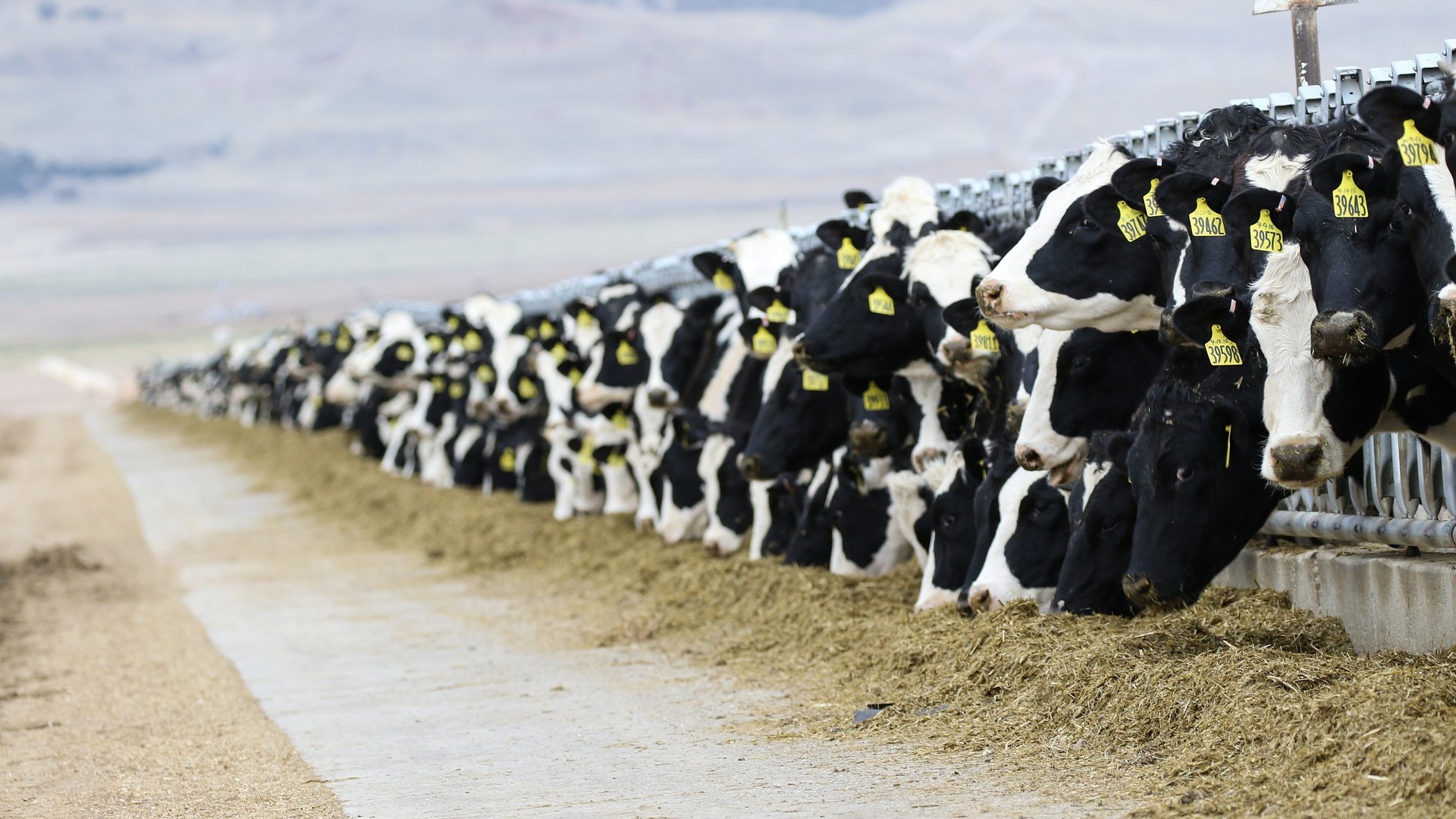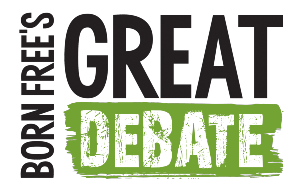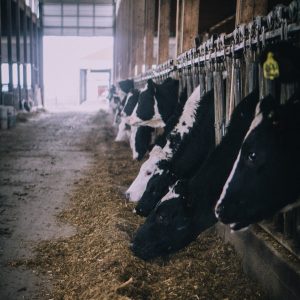
Great Debate: Farming & Wildlife
W HAT DOES THE FUTURE LOOK LIKE FOR CATTLE FARMING?
HAT DOES THE FUTURE LOOK LIKE FOR CATTLE FARMING?
Topic 3: 2021/2022
This year we asked students to consider the various impacts of cattle farming on our planet and wildlife, and what the future might look like for sustainable food production.
Download our bespoke five-lesson packs by clicking on the buttons below:
Why is livestock farming contentious?
Globally, 15 million square miles are currently used for livestock farming (including meat and dairy) – this is 39% of habitable land on Earth. Yet, animal products only account for 18% of global calorie intake and 34% of protein intake.
Furthermore, according to the United Nations Environment Programme, one third of global cereal production goes towards feeding livestock. If we used these calories as human food, we could theoretically feed an extra 3.5 billion people.
Along with questions around sustainable food supply, climate change, deforestation, pollution, animal welfare and water usage have also become more and more prominent concerns around this industry in recent years.
What has this got to do with wildlife?
According to the 2019 IPBES* Global Biodiversity Assessment, ‘nature and its vital contributions to people, which together embody biodiversity and ecosystem functions and services, are deteriorating worldwide at a rate unprecedented in human history’. This loss is caused by five main drivers, including changes in land use, climate change and pollution, all of which are interconnected with agriculture and livestock production.
If we, as human beings, do nothing, we are looking at a continuation of the current catastrophic decline in wildlife from which our ecosystem may never recover, with significant implications for wildlife, habitats and people alike.
 Areas of study:
Areas of study:
- Land conversion and deforestation
- Pollution and climate change
- Biodiversity loss
With the option to extend learning into water use and animal welfare.
Panel Discussion:
Watch our expert panel discussion covering the topic How can agricultural practices and consumer choices support the conservation of biodiversity? Host, Born Free Executive President, Will Travers OBE is joined by Born Free’s Head of Policy Dr Mark Jones, Farmer and Conservationist Patrick Barker and Sam Kenyon, Youth Ambassador and Environmental Campaigner.
Planning ahead?
A full list of learning objectives and curriculum links can be downloaded below.
LEARNING OBJECTIVES & CURRICULUM LINKS
References: Our World In Data – www.ourworldindata.org/global-land-for-agriculture, Global Agriculture – www.globalagriculture.org/report-topics/meat-and-animal-feed.html
*Intergovernmental Science-Policy Platform on Biodiversity and Ecosystem Services
